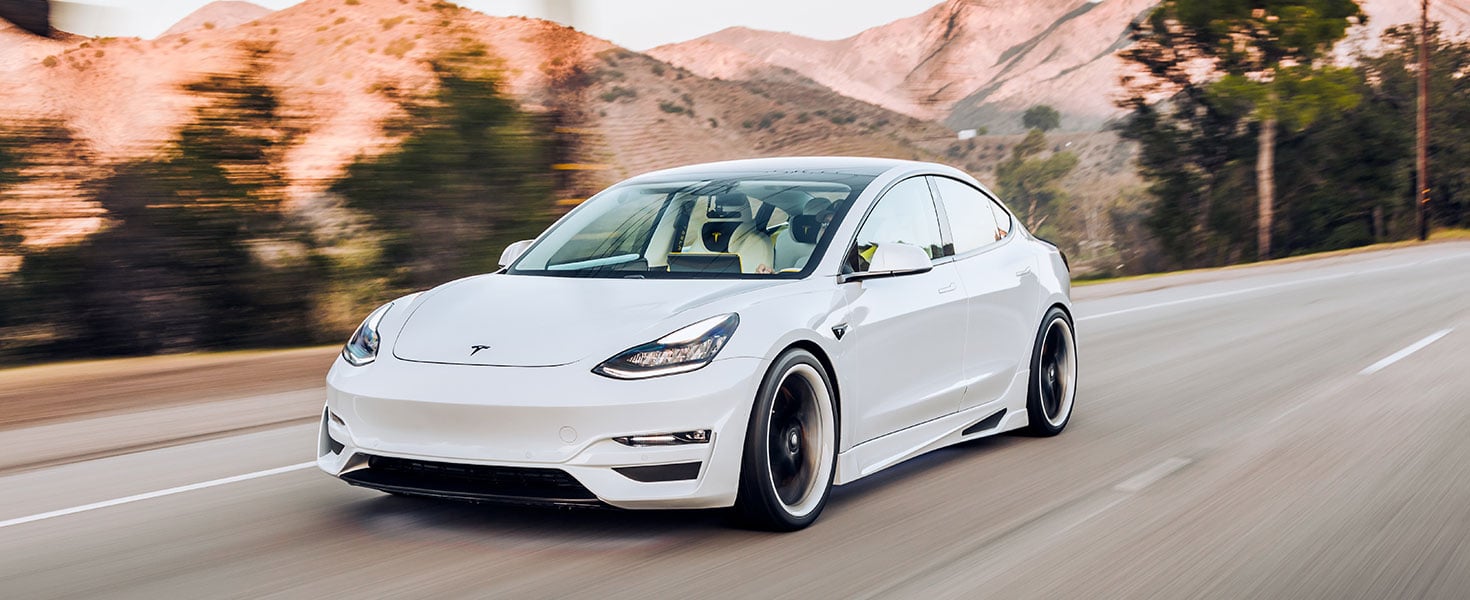Uncovering Common Misperceptions About EVs
Our expert separates fact from fiction when it comes to electric vehicles


In the July/August issue of AAA World, we began to delve into the facts and misperceptions about electric vehicles (EVs). Here, we continue to address issues about the growing use of this technology.
Fact or Myth? EVs do not have zero emissions.
Unless an EV is powered by electricity generated by a renewable source, there is pollution involved in driving an EV. If the EV’s electricity comes from a gas-fired power plant, driving an EV produces less pollution than driving a gasoline-powered vehicle, according to most studies. If the electricity comes from a coal-fired power plant, however, the environmental impact could well be greater when driving an EV. Nuclear power plants have no CO2 emissions, making this power source cleaner than gas or coal, but there, but there is the issue of the disposal of spent nuclear fuel and risks associated with plant mishaps. Remember the 1979 Three Mile Island accident in Londonderry Township, Pennsylvania.
Notably, though, EVs have zero tailpipe emissions, which according to multiple studies, have been tied to adverse effects on health outcomes. Nationally, it is estimated that nearly 20,000 people died prematurely in 2017 from breathing emissions produced by vehicles with an internal combustion engine, according to a 2021 study by researchers at the Harvard T.H. Chan School of Public Health.
Fact or Myth? The only thing supporting EV sales are federal tax credits.
Tax credits have undoubtedly played a part in the growth of EV sales, but in recent years, during which EV sales have grown dramatically, no federal tax credits were offered to more than half of the buyers. That’s because two EV automakers, Tesla and General Motors, had exhausted their tax credit eligibility, which expired after each sold 200,000 EVs.
New legislation, including the elimination of the 200,000 cap, has changed the tax credits available on EVs, and credits may vary by state and other factors. Individuals should consult a tax advisor to learn their options.

Fact or Myth? EVs are more damaging to the environment than gasoline-powered vehicles.
There is general agreement that manufacturing an EV creates a larger carbon footprint than making a gasoline-powered vehicle. Blame the batteries in an EV. Extracting from the earth the raw materials needed for battery manufacturing, then shipping and refining these materials, and finally manufacturing the batteries, is energy intensive.
Overcoming this negative is the fact that EVs are much more efficient than gasoline-powered vehicles when driven. Based on a nationwide average of different energy sources in the US, the Department of Energy concluded that powering an EV would create 2,187 pounds of CO2 a year. Gasoline vehicles would average 12,594 pounds of CO2 annually. As a result of this significant annual difference, researchers conclude that over their life cycles, typical EVs produce less than half the greenhouse gases of a typical gasoline-powered car.
Fact or Myth? Depleted EV batteries will end up in landfills and create a new environmental hazard.
Research into repurposing and recycling batteries that are no longer suitable for powering an EV has been going on for years, and there is already a network of companies putting these batteries to use, according to the Union of Concerned Scientists. The organization also notes that “after 8 to 12 years in a vehicle, the lithium batteries used in EVs are likely to retain more than two-thirds of their usable energy storage. Depending on their condition, used EV batteries could deliver an additional 5–8 years of service in a secondary application,” such as powering forklifts or streetlights. Used for energy storage, they could supply power during outages or feed the grid during periods of high demand.
After that, there is a strong economic incentive to recycle used EV batteries, which contain lithium, nickel, cobalt and manganese. These are all valuable materials, making it financially worth the effort to extract, purify and sell these metals. Doing so lessens the possible impact on landfills and reduces the need for mining new raw materials for battery production.
